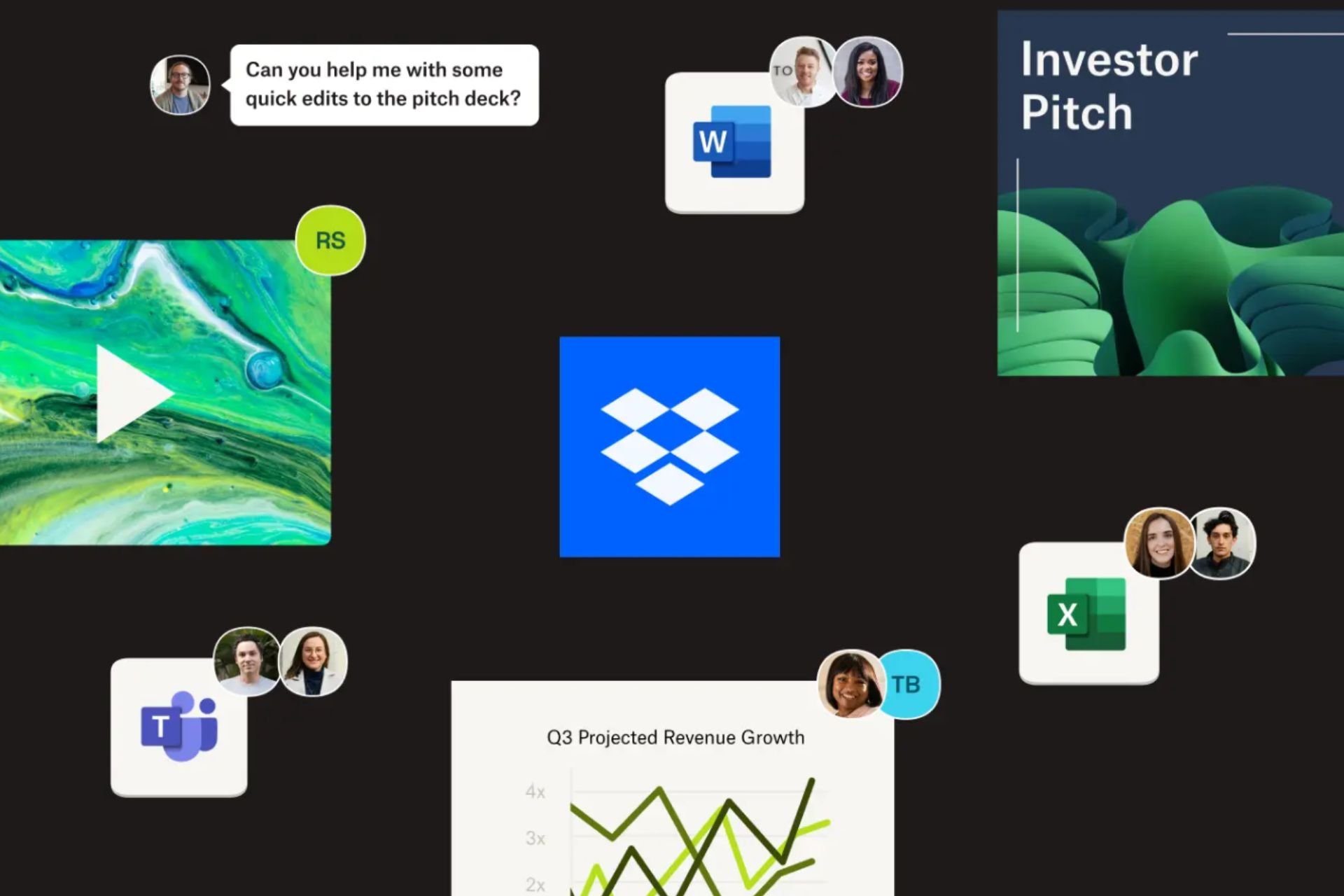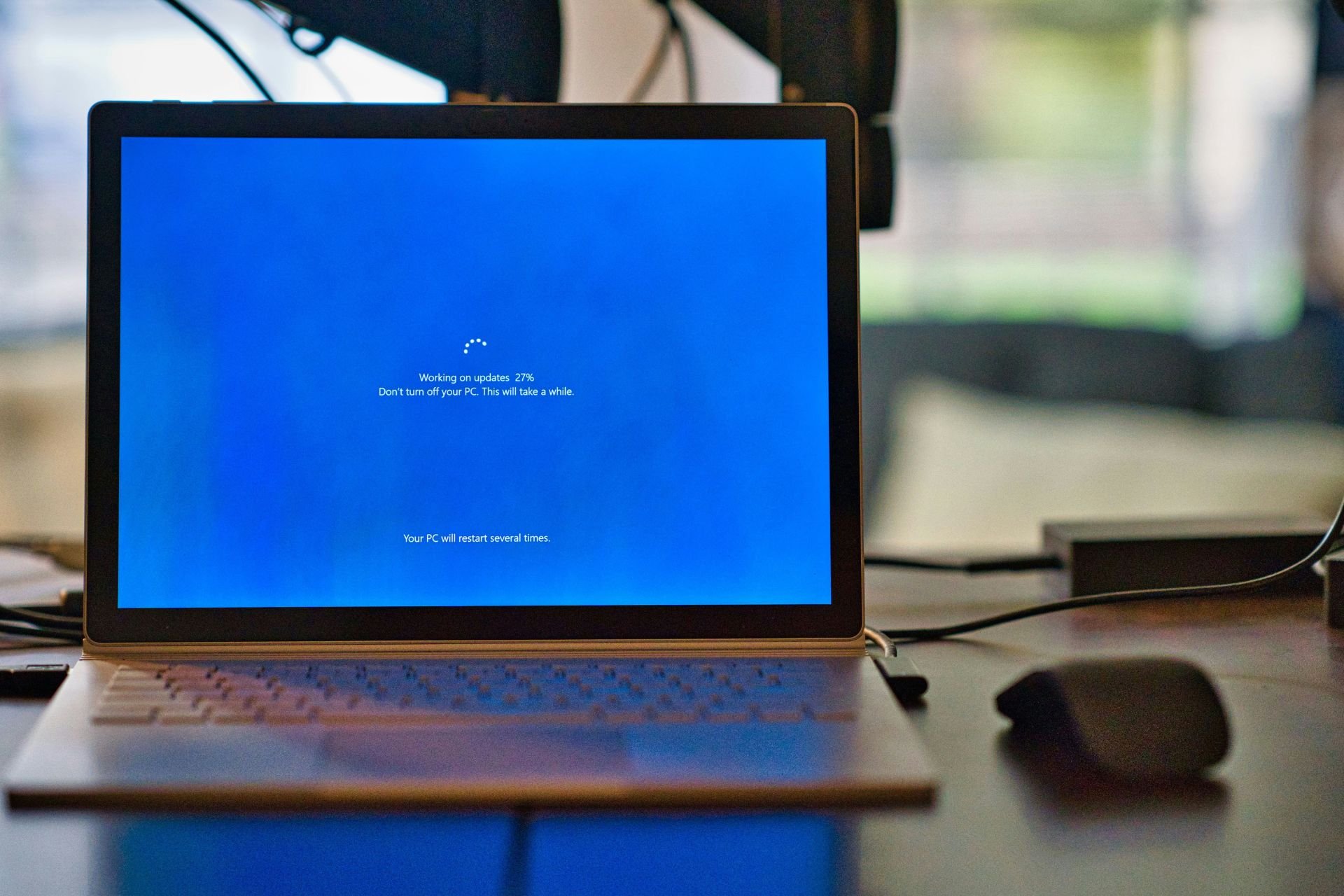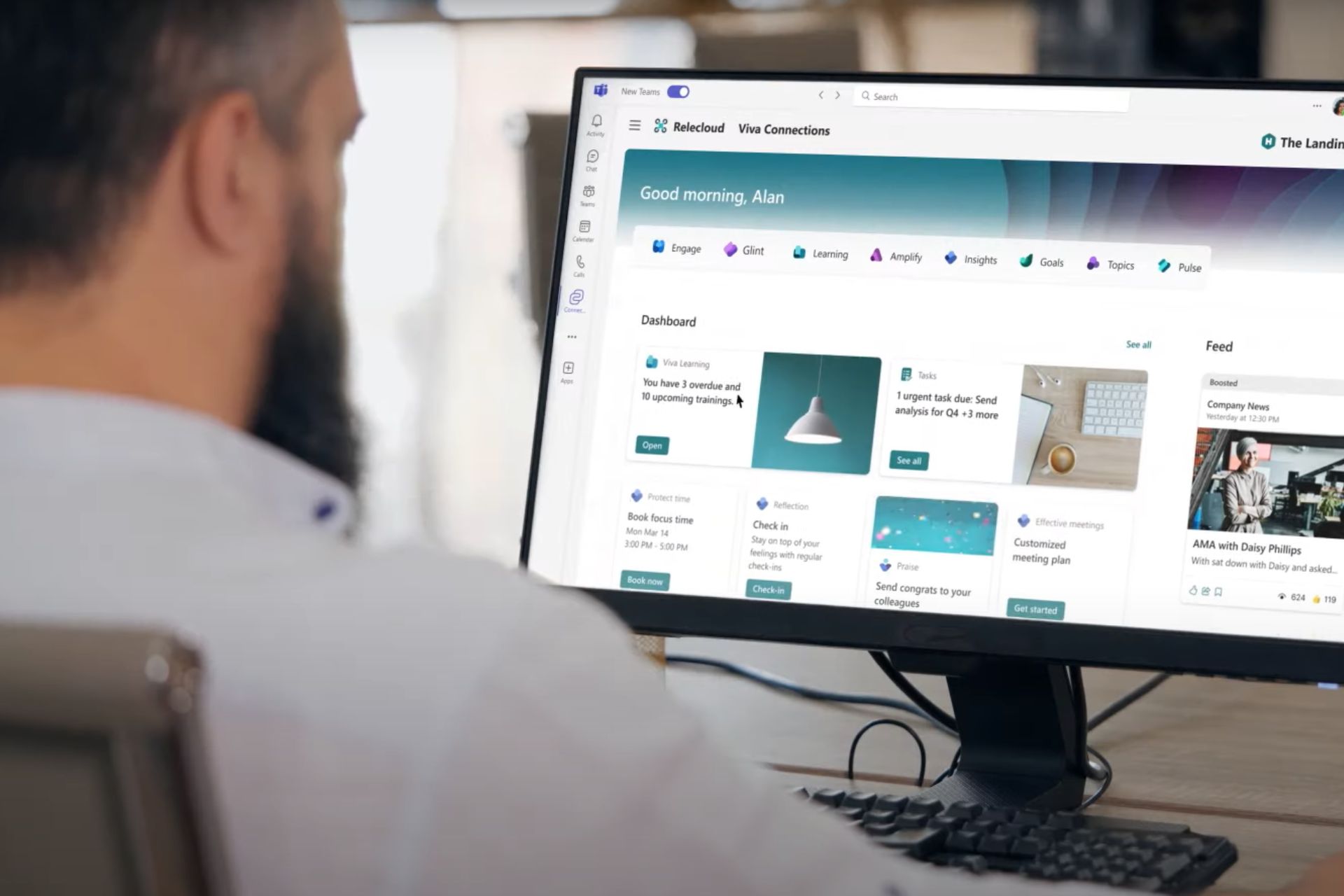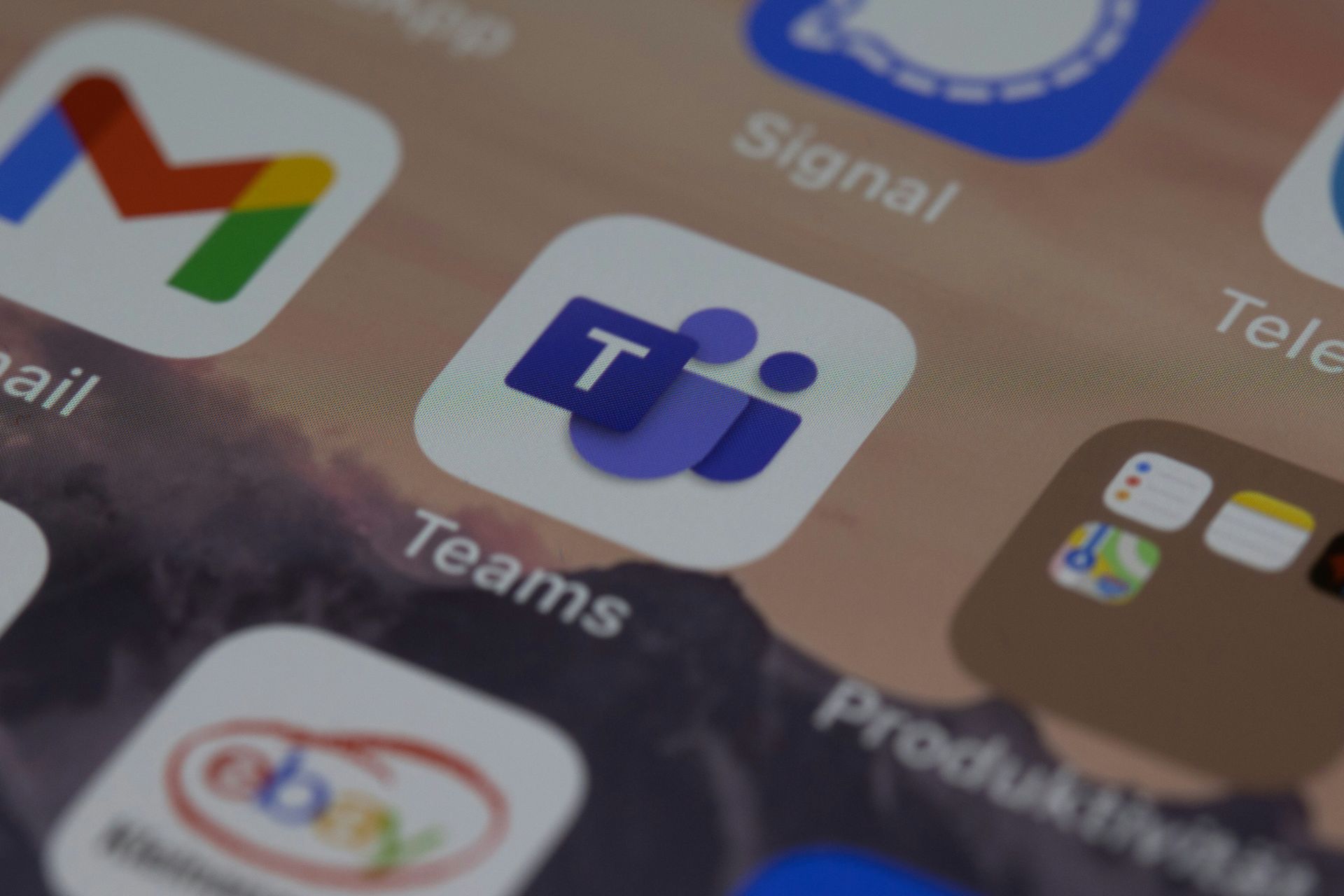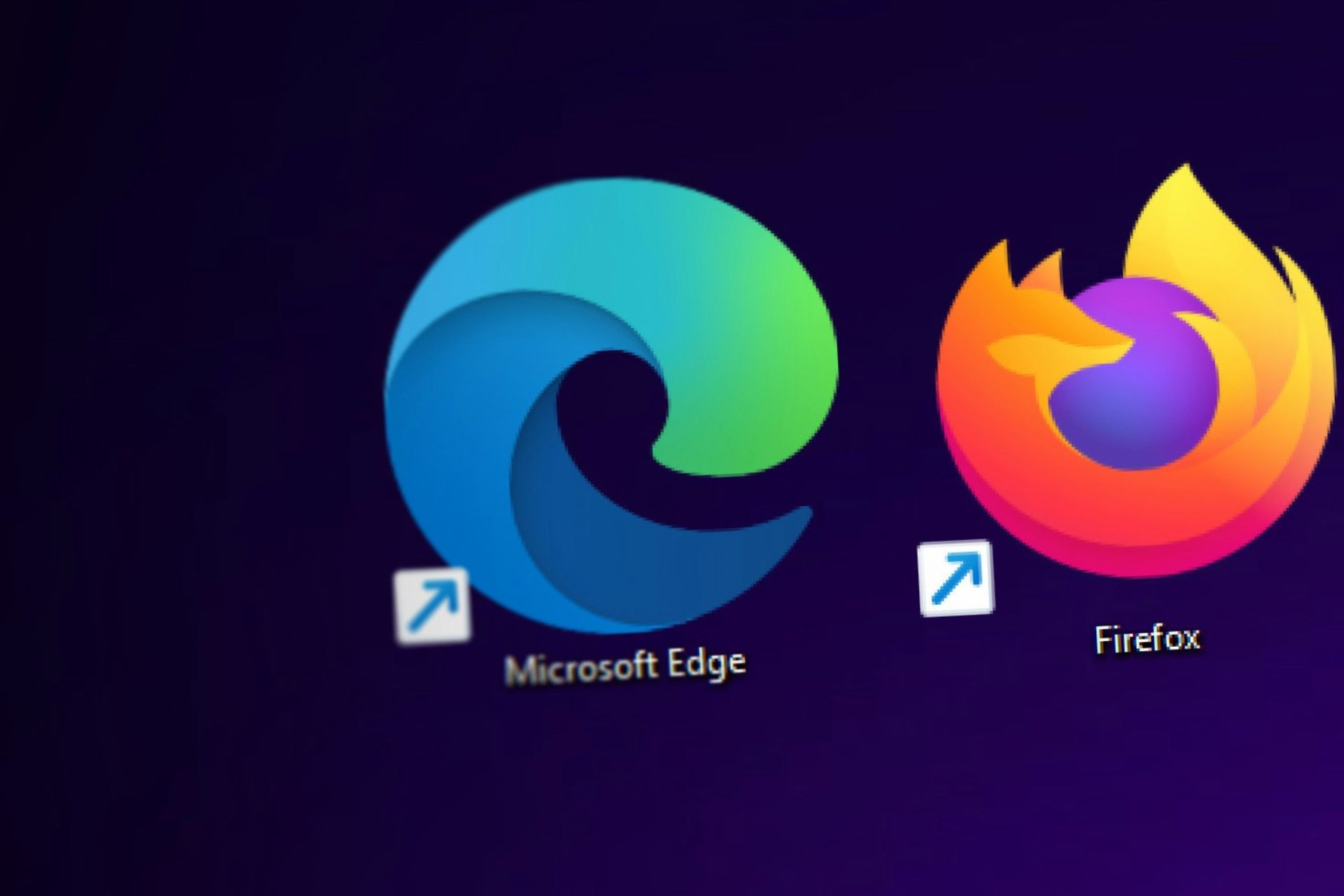Windows 10 Mobile spotted running on a Nexus 5X
2 min. read
Published on
Read our disclosure page to find out how can you help Windows Report sustain the editorial team Read more
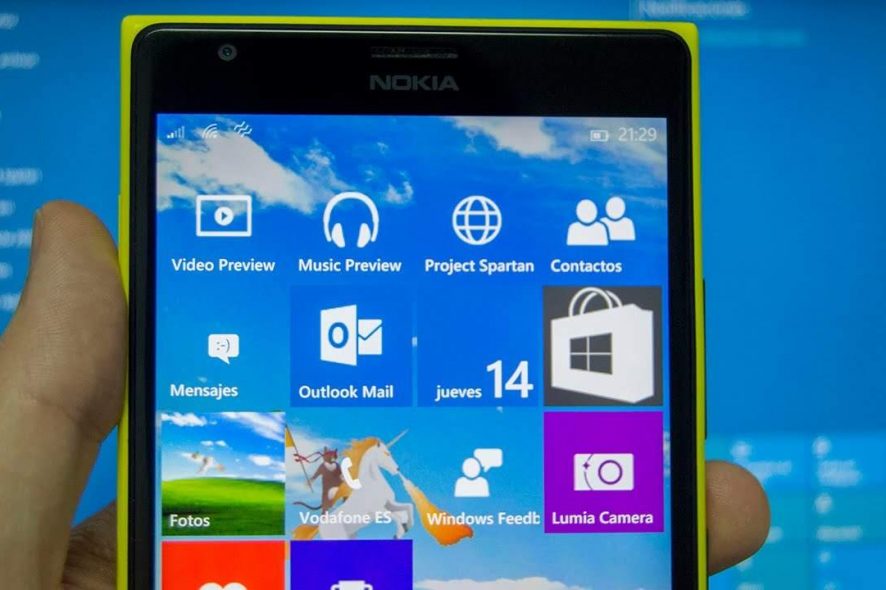
It’s well known the reason developers prefer to create applications and games for platforms like iOS and Android versus Windows 10 Mobile is a lack of users. So, while some Windows Phone users may have reasons to benefit from Android hardware, there are plenty Android users who would like to run the latest Windows 10 Mobile OS on their devices. Their wish might come true: In a video posted on Reddit, a Nexus 5X was running Windows 10 Mobile.
What are the chances for Android smartphones and tablets to run Microsoft’s Windows 10 Mobile operating system considering that they are unsupported devices? Well, it seems that it’s not impossible: the older November Update build could be installed on a Nexus 5X, the proof also posted on Reddit. In the vide, applications like Weather and the Windows Store were seen along the smoothly running operating system.
The user who posted the video didn’t offer more details about how he managed to install Windows 10 Mobile on an Android device, but it wouldn’t be the first time Microsoft’s OS was spotted running on an unsupported phone. Owners of the Xioami Mi 4 have an official ROM that can be installed on this device, and rumors say that the operating system that runs on the Nexus 5X from the video was based on this ROM.
If you want to see Windows 10 Mobile in action on the Nexus 5X, watch the video below:
On the other hand, if you’re thinking about installing old builds of Windows 10 Mobile on a newer Nexus device, you should take into consideration that in the video there are some inconsistencies that give food for thought. For example, there’s the old build version and the IMEI number that corresponds to an old LG Windows Phone 7 device, and these details suggest that the operating system from the video is fake, or the hacker was very skilled and found a way to trick the operating system to run on Google’s Nexus 5X.
RELATED STORIES TO CHECK OUT:
- Windows 10 Mobile to get new Settings app icons
- Fix: Windows 10 Mobile phone stuck at Windows logo screen

